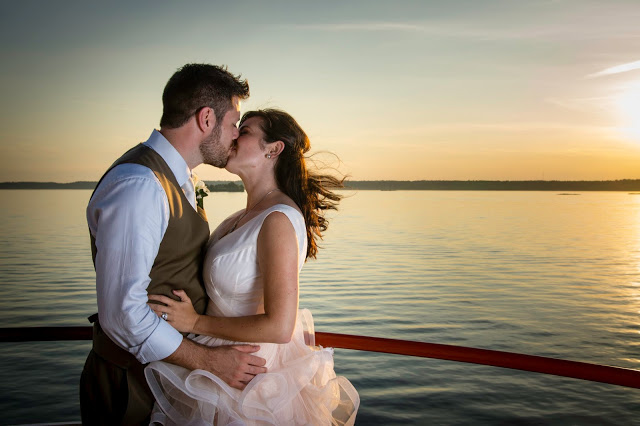What makes a good photo?

People often wonder what makes a good photo? We hear it all the time when we go to a musuem or gallery. We also get asked that question a lot when we are on a photo shoot, and our clients ask us how they can take better photos for their upcoming vacation or holiday plans. There are many factors that go into making a good photograph. These tips below will quickly help you move from taking decent pics to great photos.
Lighting
Lighting is probably the most important aspect of photography since everything you do on a camera directly affects how your camera sees and processes the light available. Here are some tips you can keep in mind to get better light in your pictures.
- When shooting outdoors, place your subject with the sun behind them if possible. This will not only give them a nice rim light on their hair and shoulders, but you will also have nice bright light in the background. This can be seen in my main image above as their is a rim light on the dress, bride's hair and groom's face.
- When indoors, use all available lighting if you are in a dark place. Move your subject closer to a window so they are better lit by the light coming in or place them closer to a lighting fixture.
- If a friend has a cell phone with an LED light, have them turn it on and use it to brighting up the picture a bit. Just have them hold the light about 45 degrees higher than the subject's face.
- Use natural reflectors. What this means is that if you see a big white building near you, use the light that is reflecting off of it to light up your subject. Place your subject so that they are facing the house and stand with your back to the building so you are in between them. This will give you a nice highlight and add more light on the subject.
Composition
Composition is the arrangement of visual elements using consious thought in your image. This really just means that you are putting thought into how everything in your image is placed in relation to themselves. That may seem tough at first, and it's not easy for sure, but there are some simple rules to help get you started. Once you understand these, your images will begin to improve when you simply begin to apply some of these into your photography.
- Rule of thirds - You camera and phone will have a grid option in the settings which will divide the image into 3 sections vertically and horizontally. The rule of thirds is applied by aligning a subject with the guide lines and their intersection points. For instance, you can practice placing the horizon on the top or bottom line so you separate the land or water from the sky. You can also take a picture where someone is off to the side at an intersecting point instead of in the middle of the frame. It will add more interest in their environment and make for a much more appealing photo to the eye.
- Leading lines - Leading lines refers to a composition technique where the viewer's eye is attracted to lines that lead directly to the main subject in the image. This is really easy to find in cities and even nature. Just look at your immediate surroundings and see if changing your angle or moving a few feet to either side will have lines leading to your subject naturally. Keep in mind, they don't always have to be straight lines as you can see in the fountain example below.
- Limbs, hands and feet - Pretty straight forward here, don't cut off any hands and feet and if there is limb bent or extended, make sure it's in the frame.
Below are examples of the rule of thirds and leading lines.
Rule of Thirds
The shot on left does not look as good compositionally as the one on the right


Leading lines


Hope this helps, and happy shooting!

